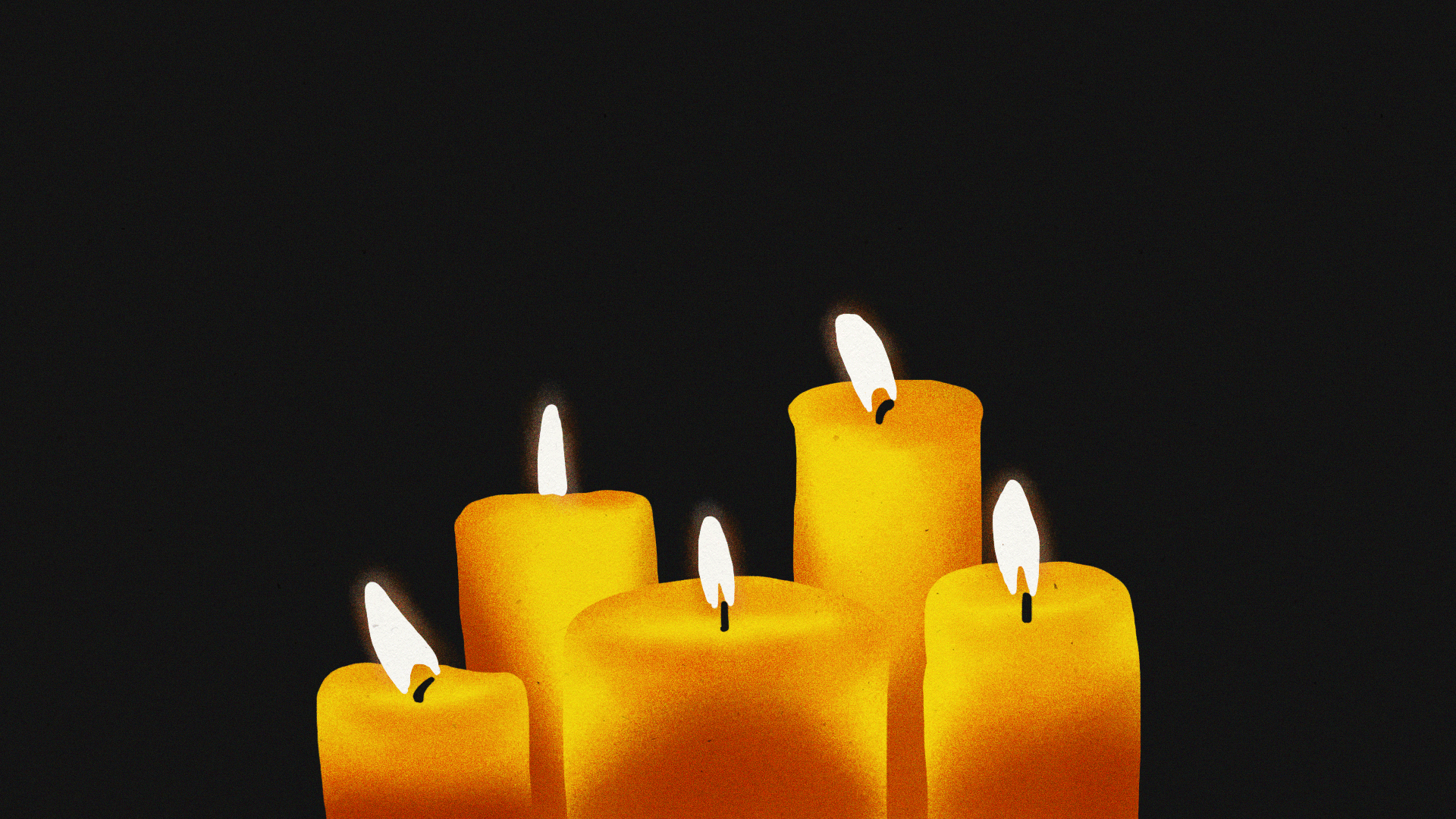Protest in Montreal against logging in B.C.
On Saturday, Aug. 28, more than 60 people marched through downtown Montreal in support of activists and land defenders protecting an area of old-growth trees in B.C. called Fairy Creek.
In August 2020, a blockade was set up near the Fairy Creek Watershed after it was discovered that Teal-Jones, a privately owned timber harvesting and primary lumber product manufacturing company, was building roads in the area. Since then, the Fairy Creek movement has been on track to become the largest act of civil disobedience in Canadian history based on the number of arrests — over 800.
“It’s really startling to be in the forest and be shaded [by trees], and you hear all the beautiful animals, and then you go beyond into the cut blocks where there is absolutely nothing, and you’re kind of just brought into this reality of like: this is our future. These cut blocks, this desolation, this heat — this is our future,” said Sasha Golvin, a Concordia masters student who helped organize the protest, and was at the Fairy Creek blockade.
When asked why Montrealers should care about Fairy Creek, Golvin explained that in Quebec, there are similar situations where colonial resource extraction impacts Indigenous land, and that people should care because Indigenous sovereignty is being impacted across Canada.
In a speech at the protest, Golvin described the police brutality she saw at Fairy Creek, particularly towards Indigenous land defenders. According to an article by CTV, the Civilian Review and Complaints Commission (CRCC), which holds the Royal Canadian Mounted Police (RCMP) accountable, has received over 73 complaints dealing with enforcement at Fairy Creek.
A video was posted online of an Indigenous land defender being arrested by police, where the caption stated, “Her hair was literally on the road after her body was dragged away.”
In a press release from Climate Justice Montreal, it is stated that the RCMP are stopping and arresting journalists at the blockade and targeting Indigenous people. Some officers have been reported wearing “Thin Blue Line” patches, a symbol with connections to white supremacy. The RCMP has advised its officers across Canada not to wear the patch.
Members of the Pacheedaht, Ditidaht, and other First Nations support the movement against old-growth logging. Yet Pacheedaht chief Jeff Jones and hereditary chief Frank Queesto Jones, said in a statement that they were against the Fairy Creek blockade, and that all sides of the conflict must respect how the Pacheedaht decided to use their forestry resources.
In June, the B.C. government approved the request from First Nations to halt old-growth logging in Fairy Creek for two years, yet the RCMP continue to arrest protesters and land defenders.
Leela Keshav, a student at the University of Waterloo who went to the Fairy Creek blockade and the Montreal protest, believes that while the blockade is B.C. oriented, it affects everyone.
“It’s the last old-growth, and because we are in a climate crisis it’s so incredibly valuable to protect,” she said.
According to the Ancient Forest Alliance website, only 2.7 per cent of B.C.’s old-growth is still standing, and 75 per cent of that is slated to be logged in the coming years.
“We all live on this shared planet, seeing these connections, at first it seems like this is an isolated thing in B.C., but actually, it is part of all these interconnected movements across Canada,” said Keshav.
Photograph courtesy of Youssef Baati.
